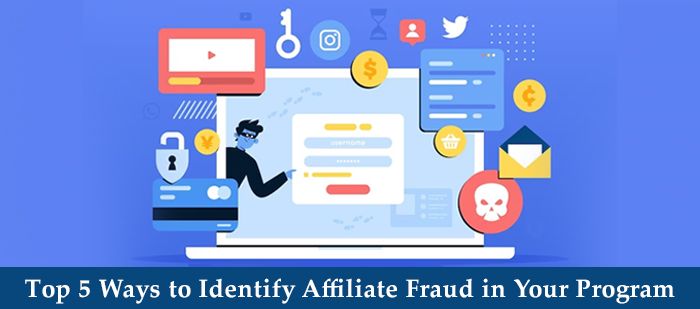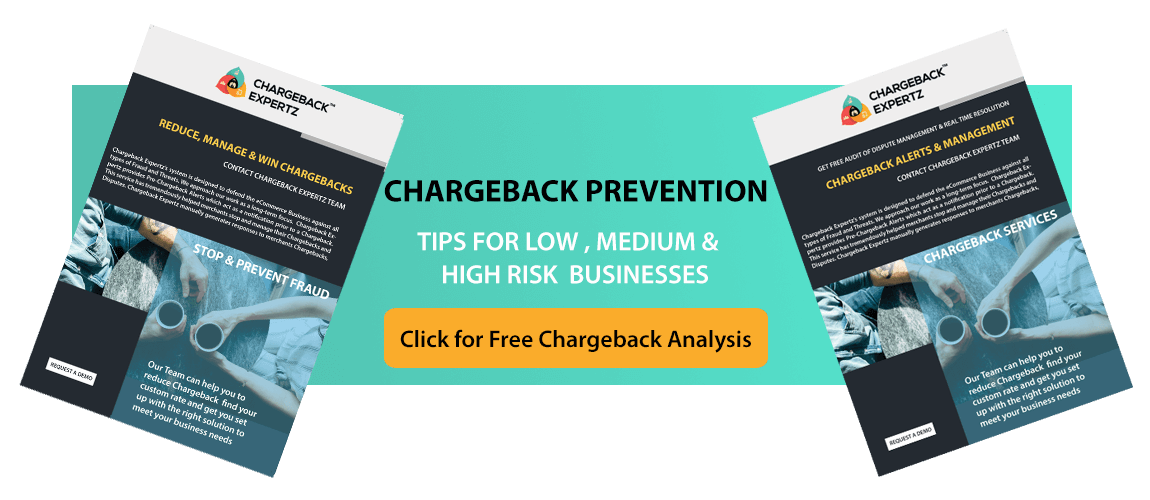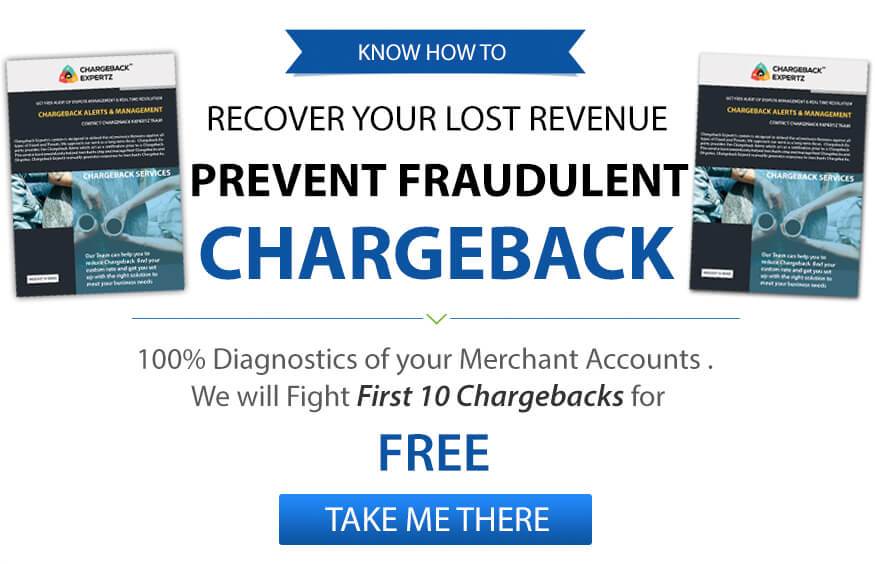
Affiliate fraud is a growing problem for businesses, as it can be difficult to identify and often goes undetected until it is too late. In this blog post, we will be discussing the top 5 ways to identify affiliate fraud in your program, so you can take steps to prevent it from happening. With the right knowledge and diligence, you can protect yourself from fraudulent activity and maximize the success of your affiliate program.
1) The affiliates are not promoting your brand
As a brand, your goal is to reach out to a wider audience and build brand awareness. Affiliate marketing is a great way to achieve this goal by leveraging the reach and influence of affiliates who can promote your brand and drive traffic to your website. However, sometimes affiliates may not promote your brand as you expect them to. This is one of the most common forms of affiliate fraud and can significantly harm your brand reputation and sales.
So, how can you identify if your affiliates are not promoting your brand? One way is to monitor their marketing activities and analyze the traffic they are driving to your website. If you notice that there is little to no promotion of your brand on their website or social media platforms, then it’s a red flag.
Another way to identify this type of affiliate fraud is by checking the conversion rates. If the conversion rates are low or the traffic doesn’t convert at all, then there may be a problem. Additionally, you can look at the content they are creating and check whether it aligns with your brand values and messaging.
To prevent this type of affiliate fraud, you need to choose your affiliates carefully. You should choose affiliates who are relevant to your brand and who have a similar target audience. You should also set clear guidelines for how your brand should be promoted and communicated, and provide training and support to your affiliates. This way, you can ensure that your affiliates are promoting your brand in a way that aligns with your goals and values.
Some Related Blogs
- How to Identify and Avoid Digital Goods Merchant Fraud
- eBay Chargeback Protection Explained : Know Your Rights
- Unlocking the Benefits of Subscription Billing for Your Customers
- How to Strengthen Your Chargeback Defense Plan as a Merchant
2) The affiliates are promoting your competitor’s brands
One of the biggest red flags in affiliate marketing is when affiliates are promoting your competitor’s brands instead of yours. This could mean that they are not loyal to your program, and may be working with multiple brands to maximize their earnings.
There are a few reasons why an affiliate may promote your competitor’s brand over yours. One possibility is that your competitor is offering a better commission rate or other incentives. Another possibility is that your competitor’s brand is more appealing to the affiliate’s audience, which could mean that they are not a good fit for your program.
To identify whether an affiliate is promoting your competitor’s brand, you can perform a few checks. Start by searching for the affiliate’s name and your competitor’s brand name together. This may bring up any affiliate content that is promoting your competitor’s products.
You can also monitor the affiliate’s traffic sources to see where they are sending visitors. If you notice that they are sending a lot of traffic to your competitor’s site, it may be time to reevaluate your partnership with them.
Lastly, you can simply ask the affiliate why they are promoting your competitor’s brand. This will give you the opportunity to discuss any issues they may have with your program and work towards a solution.
Overall, it’s important to remember that affiliates are free to work with multiple brands and promote products that they believe in. However, if an affiliate is actively promoting your competitor’s brand over yours, it may be time to cut ties and focus on finding more loyal partners for your program.
3) The affiliates are driving low quality traffic
One of the biggest concerns when it comes to affiliate marketing is the quality of the traffic being driven to your website. After all, it’s not just about the quantity of visitors – it’s about the quality of those visitors and how likely they are to convert into customers. Unfortunately, some affiliates engage in fraudulent practices to drive traffic that is low quality or completely irrelevant to your business.
Low quality traffic can manifest in a number of ways. For example, affiliates might use pop-ups or other annoying advertising methods to attract visitors who are not actually interested in your product or service. They might also buy traffic from shady sources that generate clicks or visits that are completely unrelated to your business.
Low quality traffic not only hurts your bottom line, but it can also damage your brand’s reputation. If people are visiting your site and finding irrelevant content or spammy ads, they are less likely to trust your brand and more likely to leave without taking any meaningful action.
So, how can you identify whether your affiliates are driving low-quality traffic? Here are some warning signs to look out for:
– A high bounce rate: If the majority of visitors coming from your affiliates are leaving your site without clicking on anything, that’s a red flag that the traffic is not high quality.
– Low conversion rates: If you are getting a lot of traffic from your affiliates but very few of those visitors are actually converting into customers, that suggests the traffic is not targeted enough.
– Suspicious sources: If your affiliates are buying traffic from sources that seem shady or unreliable, that’s a clear sign that the traffic may not be high quality.
– Irrelevant content: If the traffic being driven to your site by affiliates is completely irrelevant to your business, that’s a clear sign that the traffic is low quality and not worth pursuing.
In order to combat low quality traffic, it’s important to be vigilant and stay on top of your affiliate program. Keep a close eye on your metrics and investigate any sources of traffic that seem suspicious or out of place. By working with affiliates who drive high quality traffic, you can ensure that your marketing efforts are effective and your brand’s reputation remains intact.
4) The affiliates are using black hat SEO tactics
When it comes to promoting products as an affiliate, search engine optimization (SEO) is an essential component. However, some affiliates take it too far by using black hat SEO tactics to manipulate search engine rankings and generate traffic to their site. Black hat tactics violate search engine guidelines and can result in a penalty or ban.
Here are some common black hat SEO tactics that affiliates may use:
Keyword stuffing: This involves cramming as many keywords into content as possible to increase search engine rankings. It often results in unreadable and poor-quality content.
Cloaking: This technique shows different content to search engines and users, violating Google’s guidelines and deceiving users.
Hidden text and links: Hiding links or text on a page by using the same color font as the background is a black hat technique that is frowned upon by search engines.
Buying backlinks: Acquiring backlinks from low-quality and spammy websites to improve search engine rankings is a violation of Google’s Webmaster Guidelines.
If your affiliate program is attracting affiliates who are using black hat tactics, it can harm your brand’s reputation and damage your search engine rankings. Make sure you are regularly monitoring affiliate activity to identify any affiliates who may be engaging in these practices.
![]()
Email us anytime!
Email customer service 24/7
![]()
Call us anytime!
Reach customer care 24/7 at +1 (888) 901-8653
The best way to protect your brand from black hat SEO is by setting clear guidelines for affiliates to follow. Make sure to outline your SEO policy in your terms and conditions and require that all affiliates agree to it before joining your program. Also, provide resources and guidelines for best SEO practices to help affiliates achieve success without resorting to black hat tactics.
5) The affiliates are not following the terms and conditions
One of the most common signs of affiliate fraud is when affiliates don’t follow the terms and conditions that you set for them. Your program terms and conditions provide guidelines on what is acceptable and what is not, and they outline how your affiliates can promote your brand ethically and honestly.
However, some affiliates may choose to disregard these terms and conditions altogether. This may mean that they are using unethical tactics to promote your brand, such as spamming your audience with unwanted emails, running misleading ads, or creating fake websites that pretend to be affiliated with your brand.
If you suspect that an affiliate is not following your program terms and conditions, it’s important to take action as soon as possible. Start by reviewing your terms and conditions to make sure that they are clear and enforceable. Then, reach out to the affiliate in question to discuss the issue and find out what’s going on. If necessary, you may need to terminate their affiliation with your brand altogether.
Ultimately, the key to identifying affiliate fraud is to keep a close eye on your program performance and monitor your affiliate activity on a regular basis. By staying vigilant and taking action against unethical affiliates, you can protect your brand reputation and maintain the integrity of your affiliate program over the long term.


